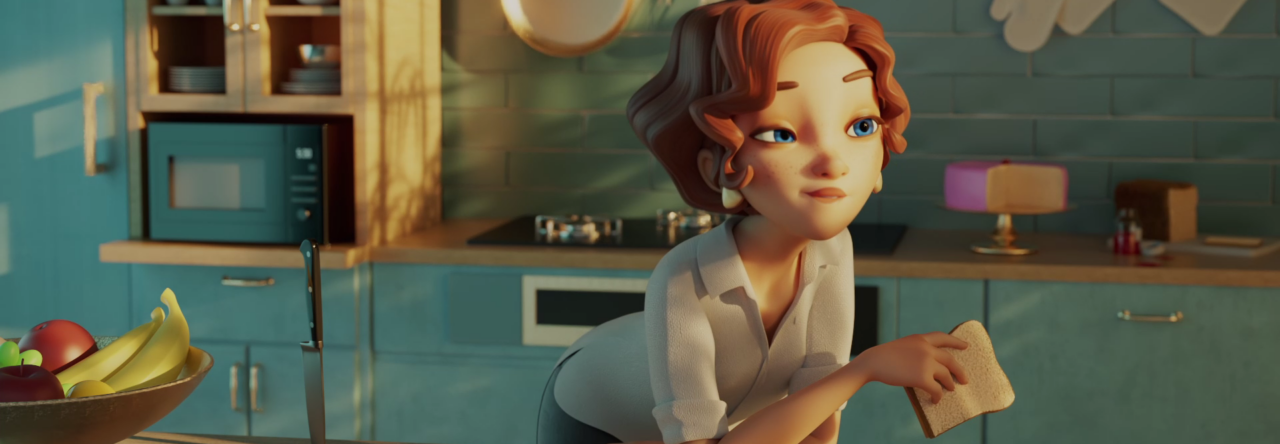Many professional animators believe that the planning phase is the most important part of animating a good shot, and take a good amount of time to plan even when on a tight schedule. Last time, we talked about taking into account the emotional state of your character in relation to the surrounding shots in the sequence. Once you’ve figured out the flow of energy within your shot, you’ll want to be sure that you’re delivering your ideas clearly. What will help you here is staging, which is using the composition and layout of your scene to direct your audience to where you want them to pay attention.
These are the kind of skills you can learn in our online animation classes and animation workshops. If you’re interested in 3D animation programs, check us out at our website link below!










